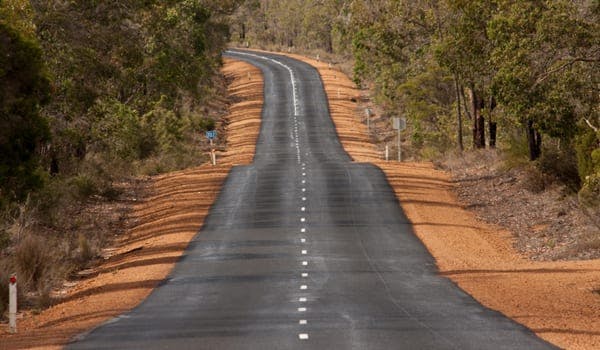According to a new NBN progress report released this week, the demand for high-speed internet in rural and low-density areas is up to three-times higher than originally anticipated – adding an additional $1.4 billion to the bill.
The NBN Co underestimated the demand for the services by some 400,000 users, believing just 200,000 services would be requested as said in the 2012-15 Corporate Plan.
As the review found, there will be demand for the NBN from more than 600,000 families, farms and businesses outside Australia’s cities by 2021.
The Fixed Wireless and Satellite Review follows NBN Co’s Strategic Review of the rollout in the fixed-line footprint, published in December 2013. Both documents will form key inputs into the company’s new Corporate Plan, to be released later in the year.
Among the key findings of the Fixed Wireless and Satellite Review, and to accommodate the higher take-up, the NBN Co says it must:
- improve construction methods;
- nearly double the number of fixed-wireless base stations from 1,400 to 2,700 to serve 85 per cent more premises; and
- extend the reach of the Fibre-to-the-Node network to serve the needs of up to 25,000 homes, farms and businesses that had been slated for a fixed-wireless or satellite connection.
The company must also secure additional radio spectrum to ensure 80,000 premises located in the urban fringes of cities and other major population centres, such as the Gold Coast hinterland, can receive the fixed-wireless NBN.
The fixed-wireless and satellite programs will cost up to $5.2 billion by 2021 – around a third more than originally anticipated – but contribute just $1 billion in accumulated revenues over the period (versus c.$200 million), even with the greater take-up rate.

